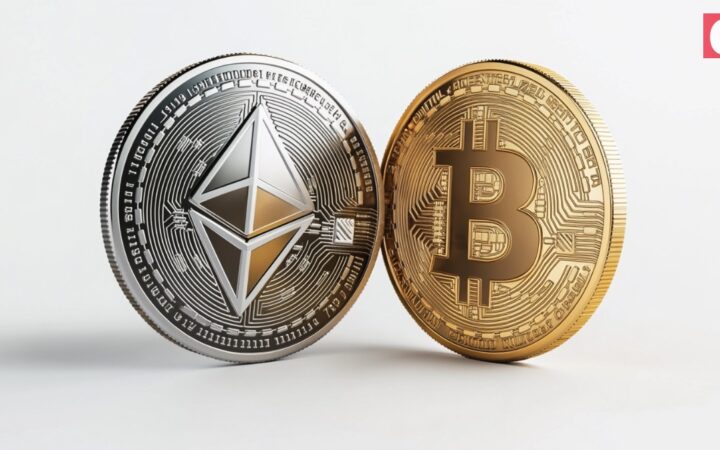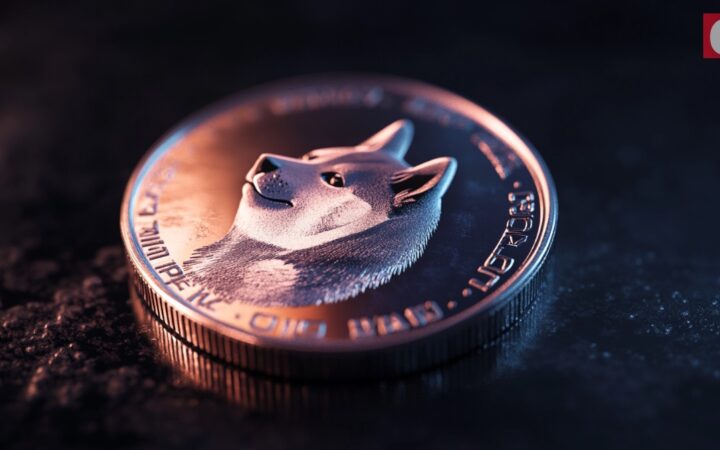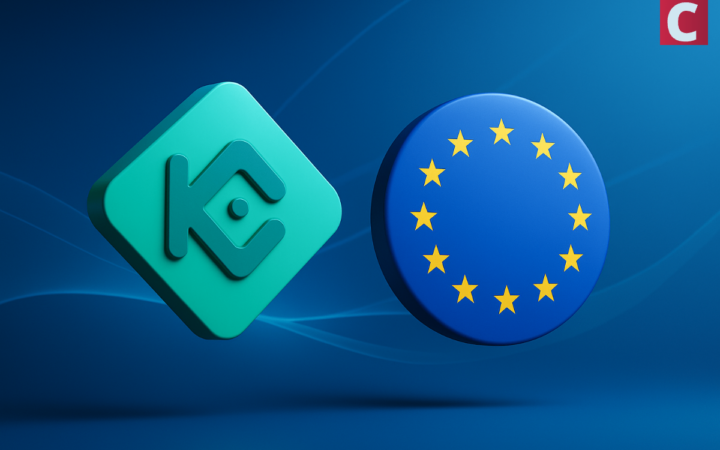
Crypto Capital Inflows Tank 80% as Market Awaits Clear Signals
Capital inflows collapsed across the crypto market and wiped out more than 80% of participation, leaving traders without a clear signal.
Stay ahead of the crypto curve with in‑depth coverage of the digital‑asset ecosystem. Here you’ll find the latest on new coin launches, regulatory shifts, wallet innovations and market movements across major chains. Whether you’re a seasoned trader or just exploring the space, our timely updates offer clarity on the crypto universe’s fast‑evolving landscape.

Capital inflows collapsed across the crypto market and wiped out more than 80% of participation, leaving traders without a clear signal.

Hyperliquid continues to impress traders with its ability to process more than $330 billion in monthly volume with a tight development team.

Cardano price settled just above $0.41 on Nov 29, as a governance vote on a 70 million ADA budget allocation gained majority support while fresh derivatives data revealed a critical resistance barrier forming near $0.44.

Solana price stabilized above $135 this week as bullish leverage traders absorbed ETF-related headwinds and restored confidence across derivatives markets.

Prediction markets turned cautious even as Bitcoin price staged a 17% rebound from last week’s capitulation lows, with ETF inflows failing to generate a decisive breakout.

China moves to tighten control over crypto payments and stablecoins as officials warn of rising financial risks and renewed trading activity.

Arthur Hayes warned that Monad could crash by as much as 99%, arguing that its high-FDV, low-float token structure puts retail investors at risk.

The crypto market has slipped into what analysts call a “quiet equilibrium,” a zone where fear is high but selling pressure fades.

Dogecoin just saw its biggest rebound in weeks while its new ETFs quietly pulled in almost $2M in inflows.

Ethereum price rebounds 17% from $2,620 to break above $3,000, fueled by $291 million in US ETF inflows and renewed institutional accumulation.

Barcelona sparked controversy by partnering with Zero-Knowledge Proof, a Samoa-registered blockchain startup that launched its own cryptocurrency days after the deal.

Major cryptocurrency companies have pledged over $10 million in relief funds following the devastating Wang Fuk Court fire in Tai Po that claimed 128 lives.

Avalanche surges above $15 following Securitize’s announcement of a pan-European trading platform powered by AVAX, approved under EU’s DLT Pilot Regime for 2026 launch.

KuCoin EU has won a MiCAR license in Austria, only a few days after obtaining regulatory approval to operate in Australia with fiat on-ramps.

Aster has launched a funded trading contest pitting humans against AI models, while setting prize rules that lean toward human traders.